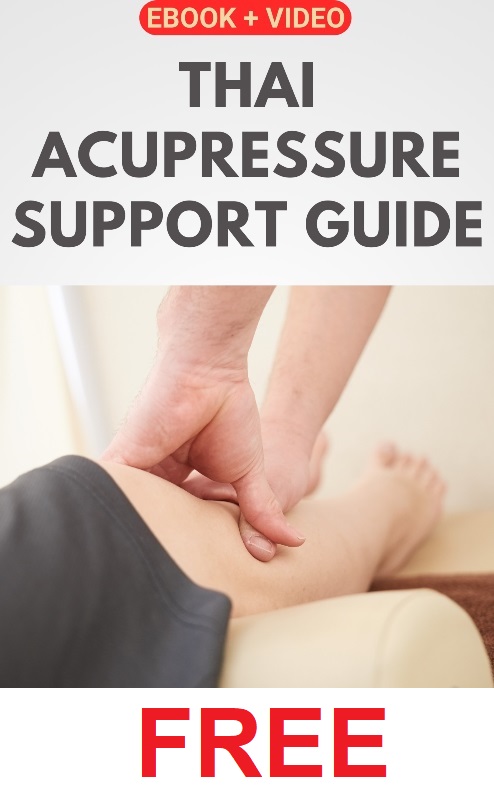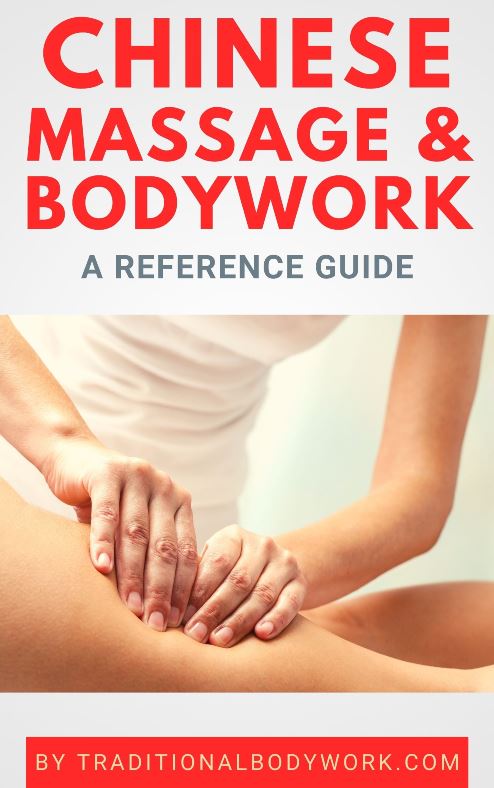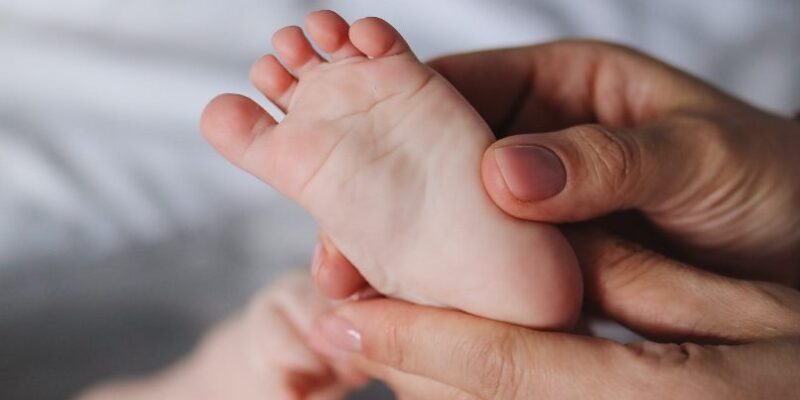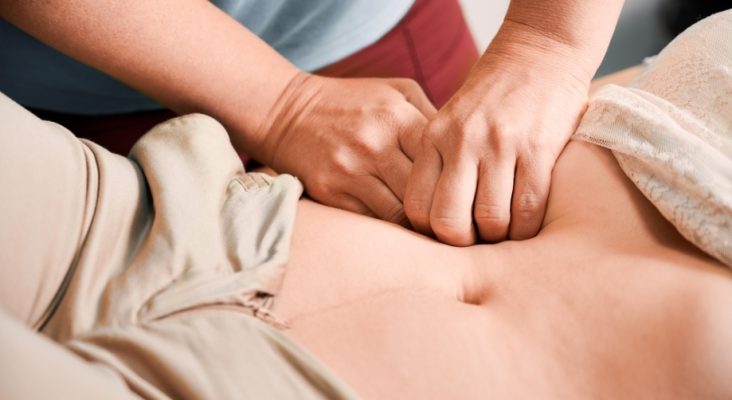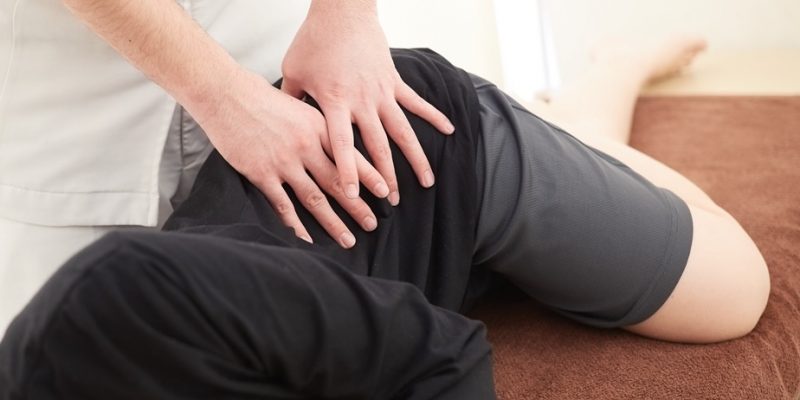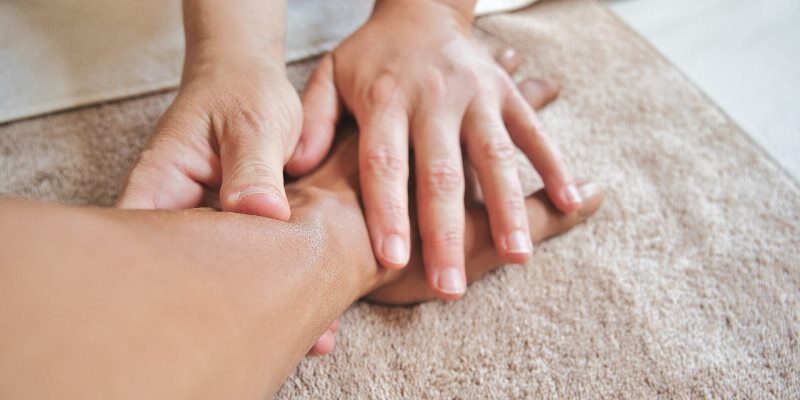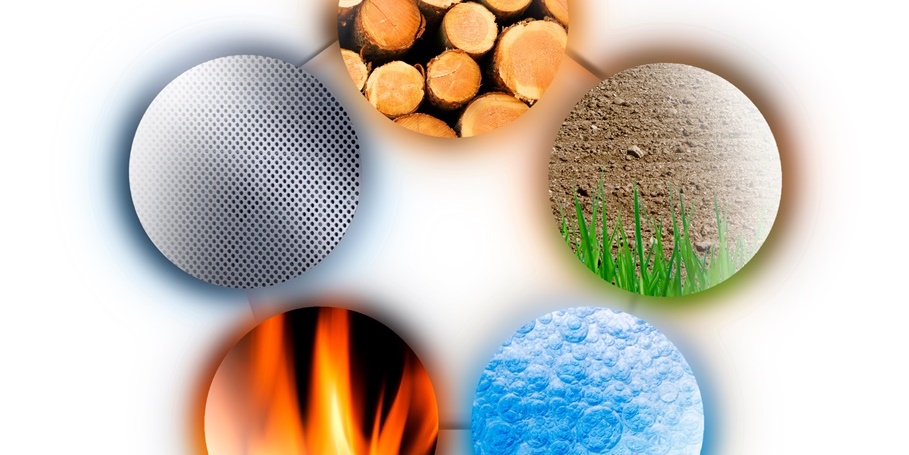
Five Element Shiatsu is a Shiatsu Massage treatment modality based on the Five Element system such as applied in Traditional Chinese Medicine (TCM). The system groups all life phenomena into characteristics that are associated with the fire, water, earth, wood, and metal natural elements.
Five-Element Shiatsu distinguishes itself from other forms of Shiatsu therapy by incorporating Five Element diagnosis of outward symptoms in its approach in order to design a unique therapy plan for the patient. The therapist will seek to balance the Five Elements (that is, increase an element if it’s lacking or decrease it if it’s in excess) to stimulate the free flow of Ki Vital Force through the body to promote physical, emotional, and/or mental healing.

Each of the Five Elements corresponds to different parts of the human body, such as the internal organs, the limbs, or nervous system, on a holistically integrated physical and emotional-mind level. Looking at the patient’s outward symptoms or complaints a TCM or Five-Element Shiatsu therapist can discern which elements are in depletion or, by contrast, in excess.
In TCM, herbal medicine is perhaps the most used application to balance the Five Elements, but in Five-Element Shiatsu the practitioner will typically use acupressure techniques on Tsubo points and Meridians to restore balance.
Nevertheless, Five Element diagnosis is rather complex, and a treatment plan may consist of different techniques, methods, or approaches, including, for instance, nutritional advice, massage, acupuncture, herbal medicine, exercise plans, modifications in the patient’s environmental or relationship factors, and so on.


